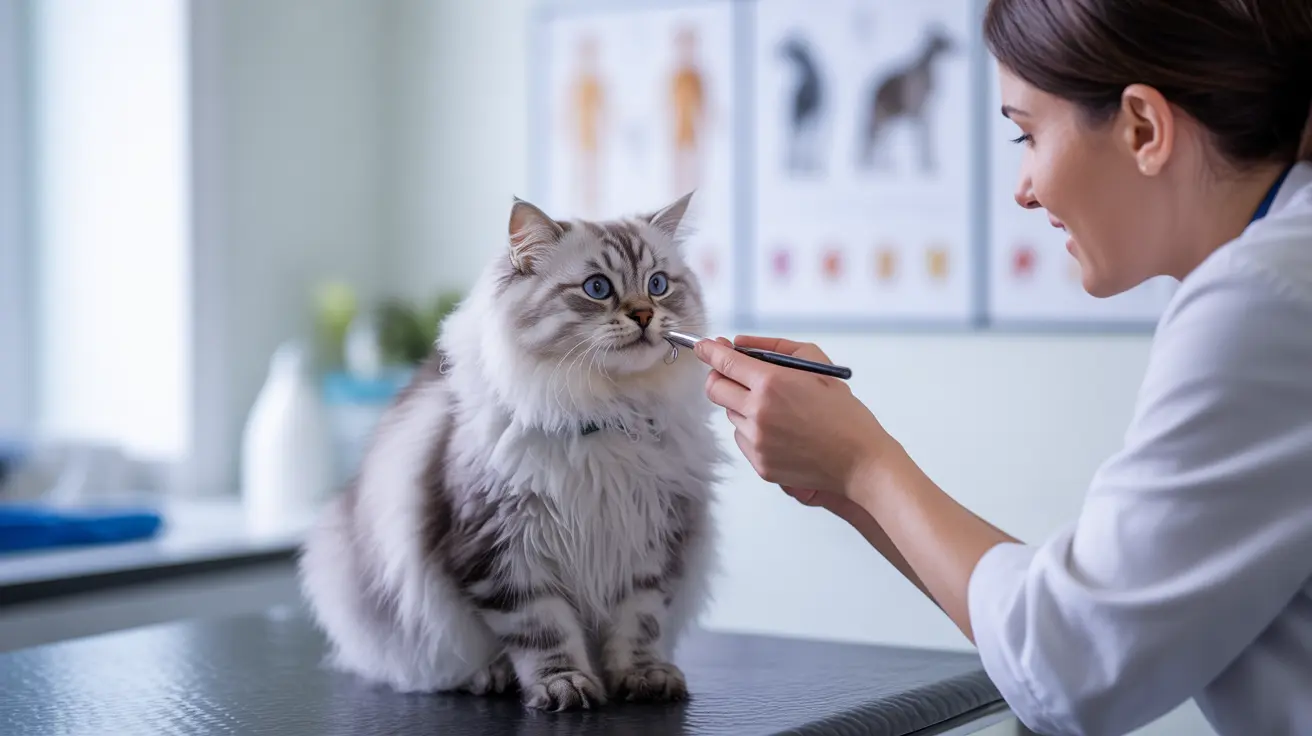If you've noticed a bump on your cat's nose bridge, you're not alone. These mysterious lumps can be concerning for pet parents, but understanding their causes and knowing when to seek veterinary care can help ensure your feline friend stays healthy. Let's explore everything you need to know about nose bumps in cats, from common causes to treatment options.
Understanding Nose Bumps in Cats
Bumps on a cat's nose bridge can arise from various sources, ranging from minor injuries to more serious medical conditions. These swellings might appear suddenly or develop gradually over time, and their appearance can vary from small, firm lumps to soft, raised areas.
Common Causes of Nasal Bumps
Trauma and Injury
Many cats develop nose bumps from simple accidents or playful encounters. These can include:
- Bumping into furniture
- Rough play with other pets
- Scratches from exploring tight spaces
- Minor falls or collisions
Infections and Allergic Reactions
Various types of infections can cause nasal swelling in cats:
- Bacterial infections leading to abscesses
- Fungal infections like cryptococcosis
- Allergic reactions to insects, food, or environmental triggers
- Upper respiratory infections causing tissue inflammation
More Serious Conditions to Consider
Fungal Infections
Cryptococcosis, particularly common in outdoor cats, can cause firm swelling over the nose bridge. This condition requires immediate veterinary attention and typically responds well to antifungal treatment when caught early.
Tumors and Growths
While less common, both benign and malignant tumors can appear as nose bumps. These are more frequent in older cats and may require biopsy for proper diagnosis and treatment planning.
When to See a Veterinarian
Seek immediate veterinary care if you notice:
- Rapid growth or changes in the bump's size
- Bleeding or ulceration
- Associated symptoms like difficulty breathing
- Loss of appetite or behavioral changes
- Persistent swelling that doesn't resolve within a few days
Prevention and Home Care
While not all nose bumps can be prevented, you can reduce their occurrence by:
- Keeping cats indoors to minimize injury risks
- Using pet-safe insect repellents
- Regular veterinary check-ups
- Maintaining a clean living environment
- Protecting light-colored cats from excessive sun exposure
Frequently Asked Questions
What are the common causes of a bump on my cat's nose bridge?
Common causes include trauma, insect bites, allergic reactions, bacterial or fungal infections, and occasionally tumors. Minor bumps often result from everyday activities, while persistent ones may indicate underlying health issues.
How can I tell if a bump on my cat's nose is an infection or something more serious like cancer?
While it's difficult to determine the exact cause without veterinary examination, warning signs of serious conditions include rapid growth, bleeding, ulceration, and accompanying symptoms like breathing difficulties or behavioral changes.
When should I take my cat to the vet for a bump or swelling on its nose?
Seek veterinary care if the bump persists longer than a few days, shows signs of infection (redness, warmth, discharge), causes behavioral changes, or is accompanied by breathing problems or other concerning symptoms.
Can insect bites or allergies cause bumps on my cat's nose?
Yes, insect bites and allergic reactions commonly cause temporary bumps or swelling on a cat's nose. These typically resolve within a few days but may require veterinary attention if severe or persistent.
How are fungal infections like cryptococcosis diagnosed and treated in cats with nose bumps?
Diagnosis typically involves physical examination, laboratory tests, and possibly imaging studies. Treatment usually consists of long-term antifungal medication, with regular monitoring to ensure the infection clears completely.
Conclusion
While a bump on your cat's nose can be concerning, understanding the potential causes and knowing when to seek professional help is crucial. Many cases are benign and resolve on their own, but proper veterinary care ensures your cat receives appropriate treatment when needed. Always err on the side of caution and consult your veterinarian if you're unsure about any changes in your cat's appearance or behavior.






